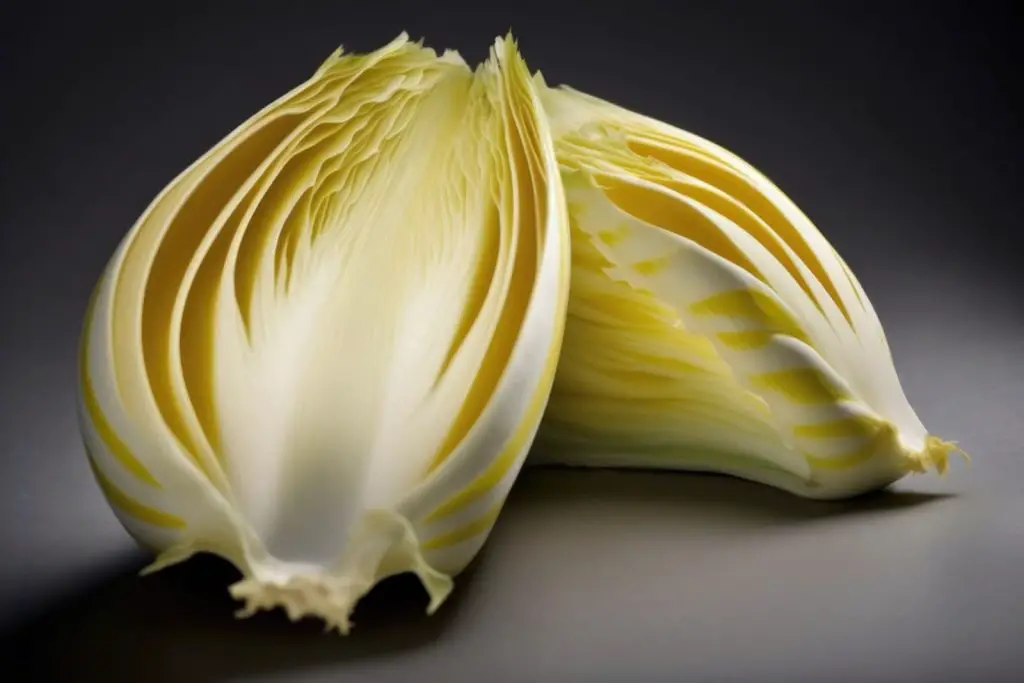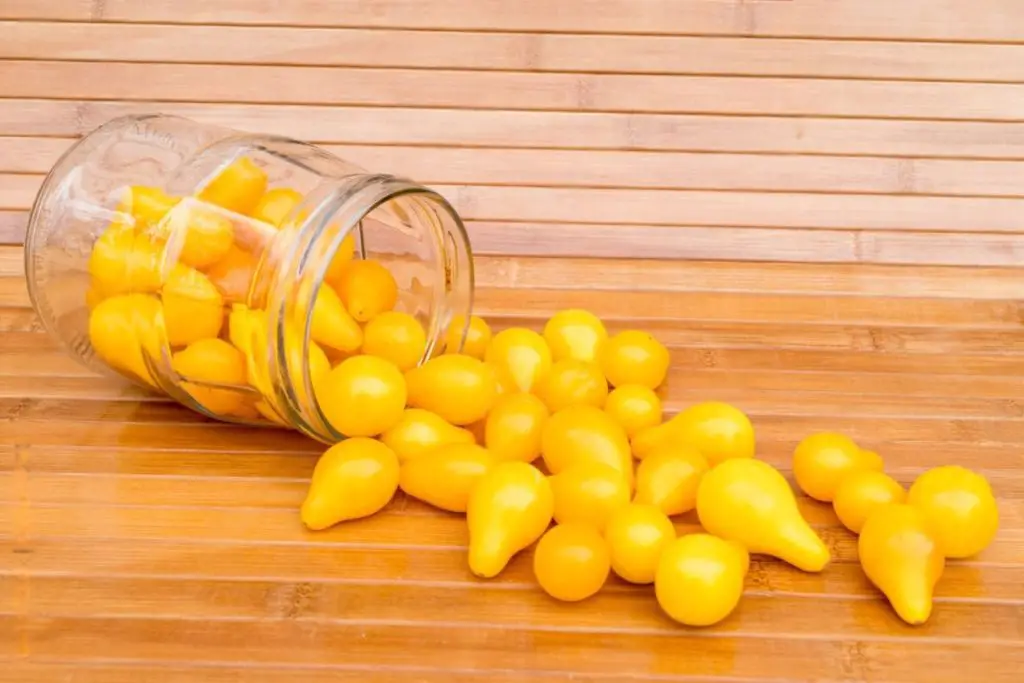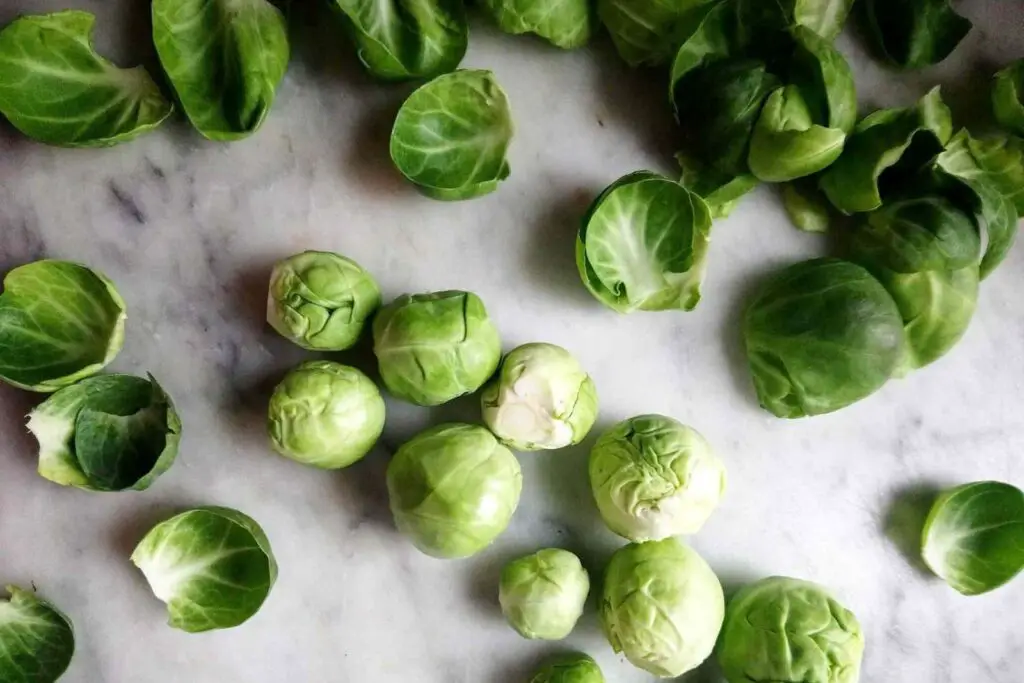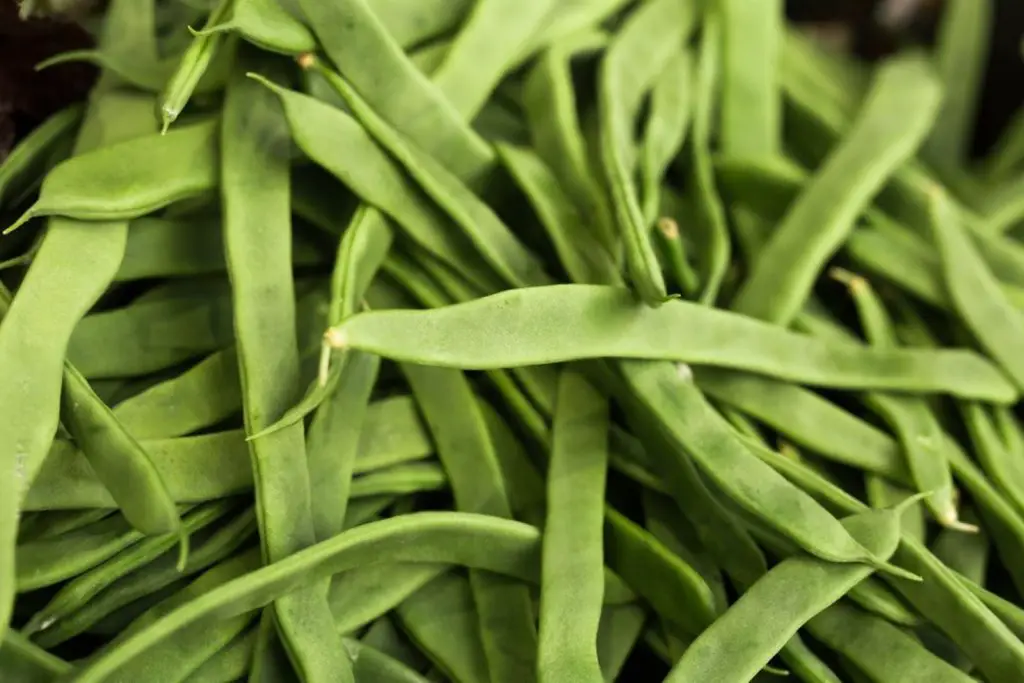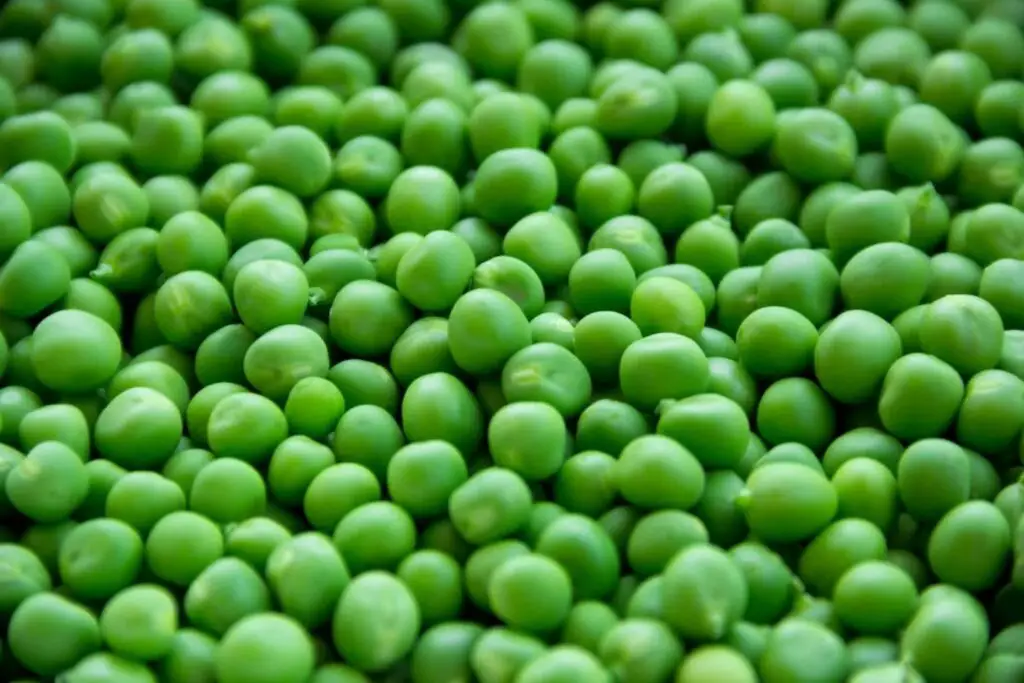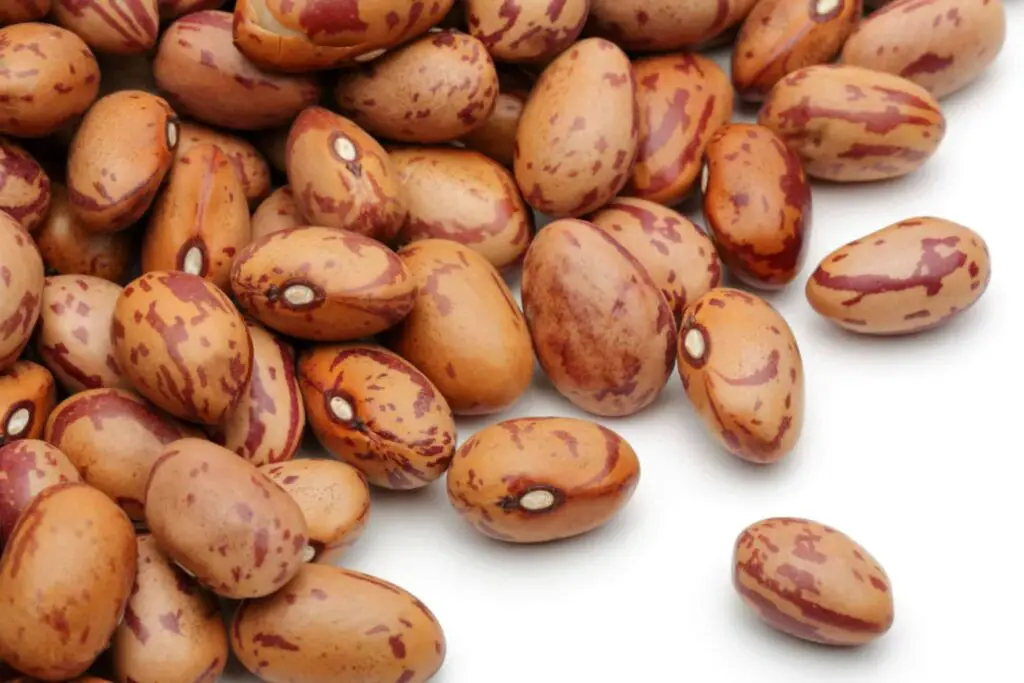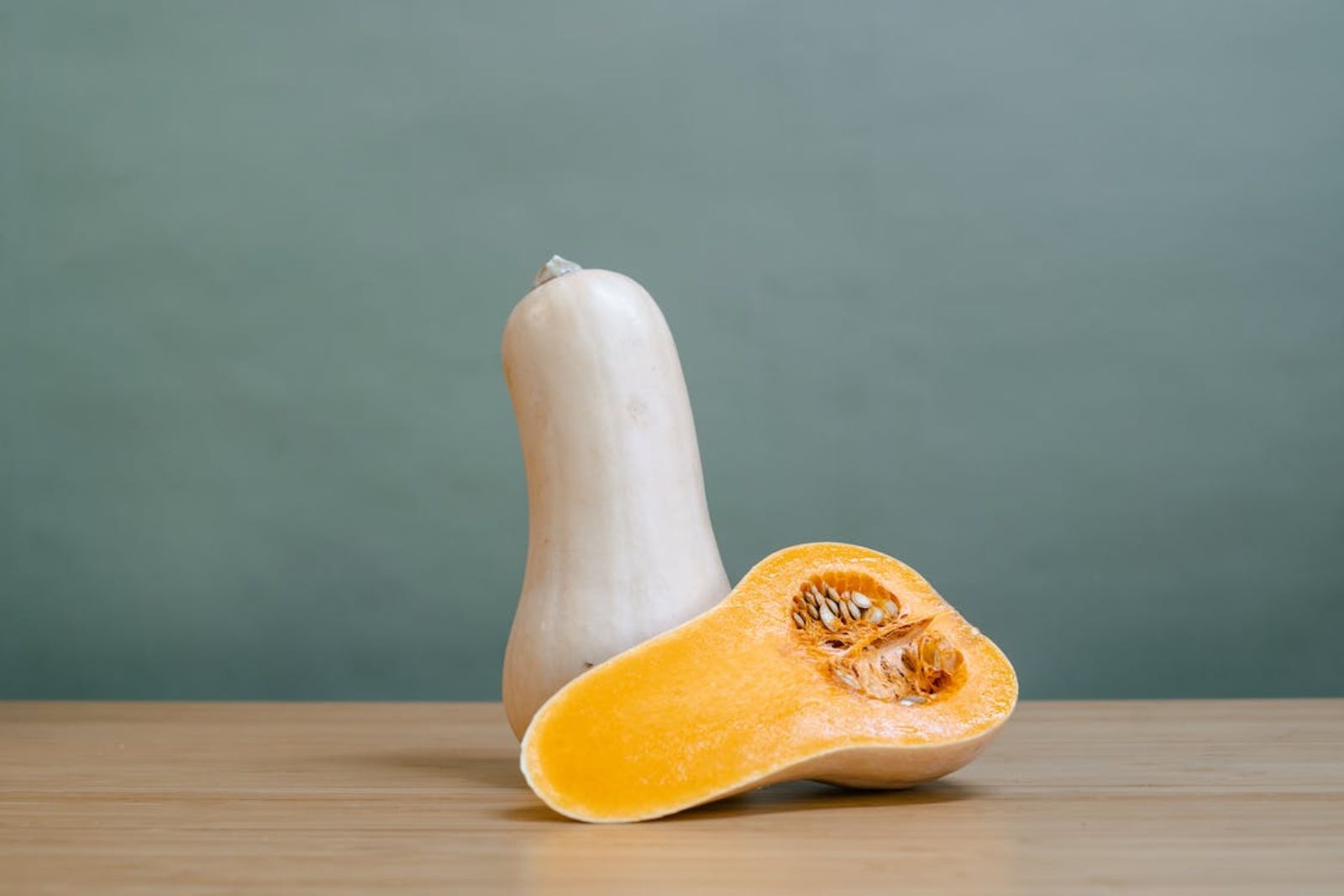
Butternut squash is a type of winter squash that is known for its distinctive shape and sweet, nutty flavor. It is a member of the Cucurbitaceae family, which also includes other squash varieties, pumpkins, and cucumbers. Butternut squash is characterized by its elongated pear-like shape with a smooth, pale yellow-tan skin and deep orange flesh. Freezing butternut squash is a convenient way to preserve this delicious and nutritious vegetable for future use. By following a few simple steps, you can ensure that your frozen butternut squash retains its taste, texture, and nutrients.
Here is a step-by-step guide on how to freeze butternut squash:
Step 1: Choose the right squash
To ensure successful freezing of butternut squash, it’s crucial to start with the right squash. Here’s why:
- Select mature butternut squash with firm, unblemished skin. The maturity of the squash plays a significant role in its ability to withstand the freezing process and maintain its quality. Mature squash has developed a thicker skin and a denser flesh, making it more resistant to damage caused by freezing.
- Avoid squash that is overly ripe or has soft spots. Squash that is overly ripe or has soft spots indicates that it may be nearing or past its peak freshness. These softer areas are more susceptible to freezer burn and deterioration during freezing. Freezer burn can cause the texture and flavor of the squash to degrade, resulting in an unpleasant eating experience.
- Choosing squash with firm, unblemished skin ensures that it is in good condition and less likely to have internal damage or spoilage. A smooth and intact skin indicates that the squash has not been bruised or subjected to excessive handling, which can impact its ability to freeze properly.
Step 2: Prepare the squash
Properly preparing the butternut squash before freezing is essential to ensure that it freezes evenly and maintains its quality. Here’s why each step is important:
- Wash the squash thoroughly to remove any dirt or debris. Squashes, including butternut squash, are grown in the ground and may have dirt or other contaminants on their skin. Washing the squash helps remove any surface impurities, reducing the risk of introducing unwanted elements into the freezing process.
- Use a sharp knife to cut off the stem and base of the squash. Removing the stem and base allows for easier handling and cutting of the squash. It also helps create a stable surface to work with during the peeling and slicing process.
- Carefully peel the skin using a vegetable peeler or a knife. The tough outer skin of the butternut squash is not desirable in the final dish, so it’s important to remove it. Peeling the squash exposes the vibrant orange flesh, which is the part you want to freeze and use in your recipes.
- Cut the squash in half lengthwise and scoop out the seeds and fibrous strands using a spoon. The central cavity of the butternut squash contains seeds and fibrous strands that are not typically consumed. Scooping them out ensures that you’re left with the fleshy part of the squash, which is ideal for freezing.
Step 3: Cut into desired pieces
Once you have peeled and cleaned the butternut squash, the next step is to cut it into the desired pieces before freezing. Here’s why this step is important and how it can impact your future use of the squash:
- Cut the peeled butternut squash into cubes or slices, depending on how you plan to use it later. The size and shape of the pieces you cut will largely depend on the recipes or dishes you intend to make with the frozen squash.
- For soups or stews, small cubes are ideal. Cutting the squash into small, uniform cubes allows for even cooking and ensures that the squash blends well with the other ingredients in the soup or stew. The smaller pieces also tend to cook faster, reducing the overall cooking time.
- On the other hand, if you plan to roast or bake the squash as a standalone side dish or use it as an ingredient in casseroles or gratings, slicing the butternut squash into larger pieces or wedges can be more suitable. Thicker slices or wedges retain their shape during cooking and can create a visually appealing presentation.
Can I freeze whole butternut squash without cutting?
Freezing whole butternut squash without cutting is not recommended. The thick skin and dense flesh make it difficult for the squash to freeze and thaw evenly, resulting in texture and flavor changes. Additionally, freezing the whole squash can lead to a prolonged freezing and thawing process, increasing the risk of deterioration and potential loss of quality. It is best to cut the butternut squash into manageable pieces before freezing for optimal results.
Step 4: Blanch the squash
Blanching is a crucial step in the process of freezing butternut squash as it helps preserve its quality, including color, texture, and nutrients. Let’s take a closer look at why blanching is important and how it affects the squash:
- Blanching involves briefly immersing the cut butternut squash pieces in boiling water and then rapidly cooling them in an ice bath. Here’s why blanching is beneficial:
- Preserves color: Blanching helps retain the vibrant orange color of the butternut squash. The heat from boiling water helps to inactivate enzymes that can cause browning or discoloration. By blanching the squash, you can maintain its appealing visual appearance even after freezing.
- Retains texture: The brief blanching process helps to partially cook the squash, making it more resistant to the texture changes that can occur during freezing. It helps to preserve the firmness and structure of the squash, preventing it from becoming mushy or overly soft when thawed and cooked.
- Inactivates enzymes: Enzymes naturally present in fruits and vegetables can lead to nutrient loss, deterioration of flavor, and changes in texture over time. Blanching helps inactivate these enzymes, slowing down their activity and preserving the nutritional value and taste of the butternut squash during freezing.
To blanch the butternut squash, bring a pot of water to a rolling boil. Carefully add the squash pieces to the boiling water and let them cook for about 2-3 minutes. The exact time may vary depending on the size and thickness of the squash pieces, so keep an eye on them to avoid overcooking.
After blanching, remove the squash pieces from the boiling water and immediately transfer them to an ice bath. The ice bath rapidly cools down the squash, stopping the cooking process and preserving its texture and color. Allow the squash to cool completely in the ice bath before proceeding to the next step.
Can I freeze raw butternut squash without blanching it?
While it is possible to freeze raw butternut squash without blanching, blanching helps preserve its quality and texture better. Blanching helps retain the color, texture, and nutrients of the squash, resulting in a better frozen product.
Step 5: Drain and dry
Once you have blanched the butternut squash, it’s important to drain and dry it properly before freezing. This step helps to remove excess moisture, which can contribute to freezer burn and potentially impact the quality of the frozen squash. Here’s why draining and drying are essential:
- Prevents freezer burn: Freezer burn occurs when moisture within the food forms ice crystals, leading to the dehydration of the food. It can result in a dry and unappealing texture, as well as potential flavor changes. By draining and drying the blanched squash, you reduce the moisture content and minimize the risk of freezer burn during storage.
- Preserves quality: Excess moisture in the frozen squash can cause ice crystals to form, leading to cell damage and affecting the texture and taste of the squash. By removing the moisture through proper draining and drying, you help preserve the overall quality of the frozen butternut squash. It ensures that the texture remains firm and the flavor remains intact, resulting in a more enjoyable eating experience.
To drain the blanched squash, use a colander or strainer to separate the squash from the water. Allow the water to drain completely from the squash, ensuring there is no excess moisture left.
After draining, it’s important to pat the squash dry with a clean kitchen towel or paper towels. Gently press the towels against the squash to absorb any remaining moisture on the surface. This step helps to further reduce the moisture content and prepares the squash for optimal freezing.
Step 6: Arrange on a baking sheet
After draining and drying the blanched butternut squash, the next step is to arrange the pieces on a baking sheet in a single layer. This arrangement ensures that the squash freezes quickly and individually, making it easier to remove individual portions later without them sticking together. Here’s why this step is important:
- Prevents sticking: When frozen foods come into contact with each other, there is a risk of them sticking together. By arranging the blanched and dried butternut squash pieces in a single layer on a baking sheet, you create space between each piece. This helps prevent them from freezing together into a solid mass, allowing you to easily separate and use individual portions when needed.
- Promotes quick freezing: Freezing the butternut squash pieces in a single layer on a baking sheet promotes rapid freezing. The faster the freezing process, the smaller the ice crystals that form within the squash. Smaller ice crystals are less likely to damage the cell structure and texture of the squash, resulting in a better quality final product.
To arrange the squash on a baking sheet, ensure that the pieces are spread out evenly and not touching each other. This might require using multiple baking sheets or freezing the squash in batches, depending on the quantity you have. If needed, you can place parchment paper or a silicone baking mat on the sheet to prevent sticking.
Step 7: Freeze the squash
Once the blanched and dried butternut squash pieces are arranged in a single layer on a baking sheet, the next step is to place the sheet in the freezer and allow the squash to freeze solid. Freezing the squash individually on the baking sheet prevents clumping and provides convenience when you need to take out specific portions in the future. Here’s why this step is important:
- Prevents clumping: By freezing the butternut squash pieces separately on the baking sheet, you ensure that they do not stick or clump together. Individual freezing allows each piece to maintain its distinct shape and texture. This means you can easily remove as much or as little squash as needed without having to thaw and separate a solid mass.
- Portion control: Freezing the squash in a single layer on the baking sheet allows for better portion control. Since the pieces are not stuck together, you have the flexibility to take out only the amount of squash required for a particular recipe or serving. This saves you from having to thaw and refreeze larger portions, minimizing food waste and preserving the quality of the remaining frozen squash.
To freeze the butternut squash, place the baking sheet with the arranged pieces in the freezer. Make sure the sheet is flat and stable to avoid any shifting or tilting during freezing. Allow the squash to freeze for a few hours or until the pieces are solid. The exact freezing time may vary depending on the thickness of the squash pieces and the temperature of your freezer.
Step 8: Transfer to a freezer-safe container
After the butternut squash pieces have frozen solid on the baking sheet, it’s time to transfer them to airtight freezer-safe containers or resealable freezer bags. This step helps protect the frozen squash from freezer burn and maintain its quality during long-term storage. Here’s why transferring and properly sealing the squash is important:
- Prevents freezer burn: Freezer burn occurs when frozen food is exposed to air, leading to moisture loss and the development of dry, discolored patches. By transferring the frozen squash to airtight containers or bags, you create a barrier that minimizes air exposure and reduces the risk of freezer burn. This helps preserve the texture, flavor, and overall quality of the butternut squash.
- Ensures organization and convenience: Placing the frozen squash in labeled containers or bags allows for easy organization in the freezer. You can stack the containers or lay the bags flat, optimizing space and making it easier to locate and access the frozen squash when needed. Labeling the containers or bags with the date of freezing also helps you keep track of their freshness and use them in a timely manner.
To transfer the frozen butternut squash, carefully lift the individual pieces from the baking sheet and place them in airtight freezer-safe containers or resealable freezer bags. If using bags, squeeze out any excess air before sealing them tightly to minimize the presence of oxygen inside.
Remember to label the containers or bags with the date of freezing. This ensures that you can easily identify the age of the frozen squash and prioritize its use based on freshness. A simple label with the date can be written on the containers or bags using a permanent marker.
Step 9: Store in the freezer
Once you have sealed the containers or bags of frozen butternut squash, it’s time to store them in the freezer. Proper storage ensures the longevity of the frozen squash and helps maintain its quality over an extended period. Here’s why storing the squash correctly is important:
- Preservation of quality: Placing the sealed containers or bags of butternut squash in the freezer helps preserve its quality by minimizing exposure to air, moisture, and temperature fluctuations. The low temperatures of the freezer slow down the deterioration processes, including enzyme activity and oxidation, ensuring that the squash retains its flavor, texture, and nutritional value.
- Organization and accessibility: When storing the frozen butternut squash, it’s beneficial to arrange the containers or bags in an organized manner. This makes it easier to locate and access them when needed. Consider grouping similar items together or labeling different sections of the freezer for better organization.
- Extended storage period: Frozen butternut squash can be stored for up to 12 months without significant loss of quality. However, it’s important to note that the flavor and texture may gradually deteriorate over time. To ensure the best taste and texture, it’s recommended to use the frozen squash within the first 9 to 12 months of freezing.
When placing the containers or bags in the freezer, make sure they are placed on a flat and stable surface to avoid any shifting or tipping. This helps prevent damage to the packaging and maintains the integrity of the frozen squash.
It’s also a good practice to keep a freezer inventory or list to help you keep track of the contents and their storage dates. This can aid in meal planning and prevent food from being forgotten or left unused for an extended period.
Other related questions
How do I defrost butternut squash?
To defrost butternut squash, transfer it from the freezer to the refrigerator and allow it to thaw overnight. Alternatively, you can defrost it using the microwave’s defrost setting, following the manufacturer’s instructions. Avoid defrosting at room temperature to prevent bacterial growth and maintain the quality of the squash.
Can I refreeze butternut squash?
It is generally not recommended to refreeze butternut squash once it has been thawed. The process of freezing and thawing can affect the texture and quality of the squash, resulting in a loss of flavor and potentially compromising its safety. To avoid waste and ensure optimal quality, it is best to use the thawed butternut squash within a reasonable timeframe after initial thawing.
How do I know if butternut squash has gone bad after being frozen?
After being frozen, if butternut squash develops an off-putting odor, unusual texture, or shows signs of freezer burn (dry or discolored patches), it may have gone bad. Additionally, if there are any signs of mold or other visible signs of spoilage, it is best to discard the squash. When in doubt, trust your senses and prioritize food safety by erring on the side of caution.

